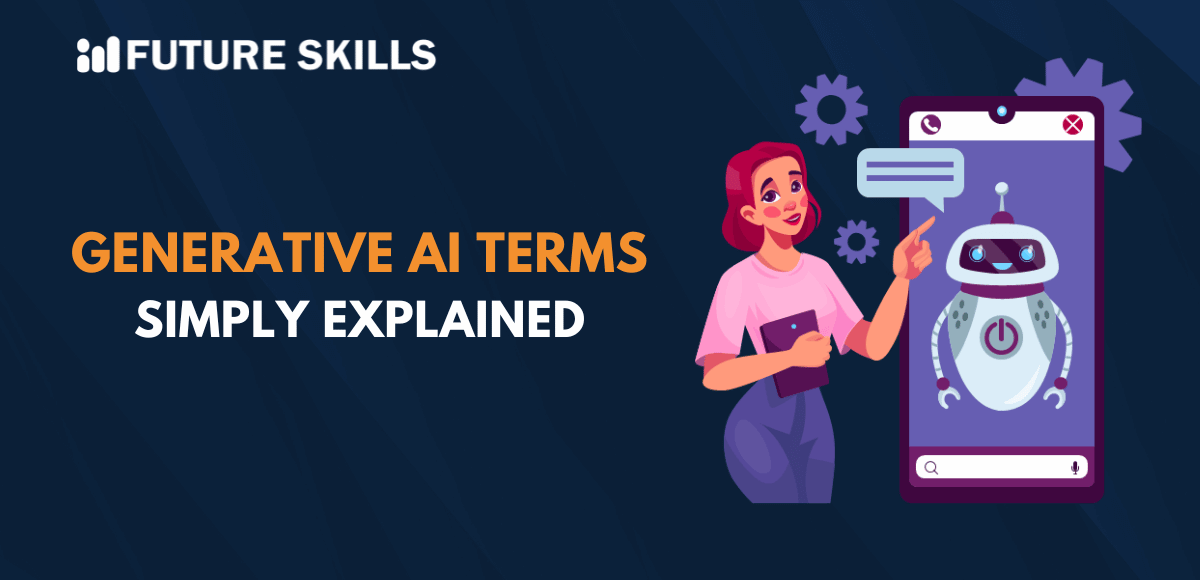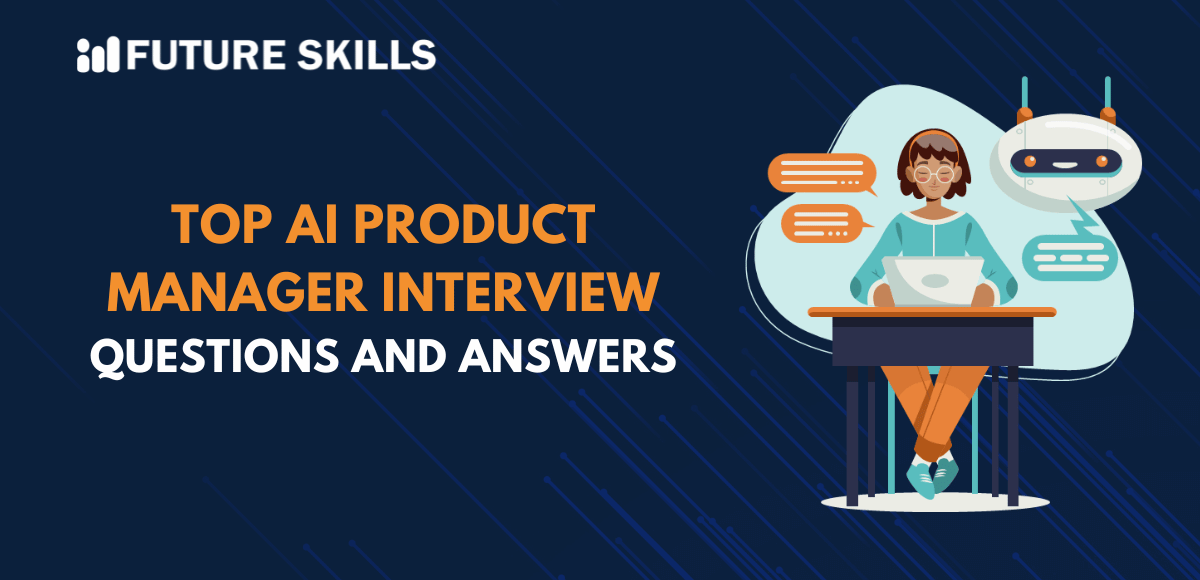Machine learning is the most important factor that drives most of the use cases in data science and artificial intelligence. You can find machine learning models everywhere, including the self-driving cars of Tesla and the automated responses of Alexa. The search for best machine learning models has gained momentum in recent times as machine learning can produce results that have never been seen before. Machine learning is a subdomain of artificial intelligence that involves machines learning how to make predictions according to the patterns they learn from data.
You can find different types of machine learning models according to the type of learning approach. On top of it, you will also find different types of machine learning algorithms in each category of ML models. The diverse applications of machine learning, ranging from X-ray analysis to stock price prediction, have introduced groundbreaking changes. Let us learn more about the most prominent types of machine learning models and the algorithms in each category now.
Become a certified AI expert with our most popular AI Certification Course and leverage the power of AI in any workspace.
Understanding the Basic Meaning of Machine Learning
Artificial intelligence is the discipline that involves making computers behave in an intelligent manner like humans. Machine learning is a subdomain of artificial intelligence that focuses on the use of algorithms to learn important patterns from historical data. The algorithms offer predictions according to patterns they learned from data and apply them to new data. Some of the examples of intelligent systems include calculators, which follow clearly defined steps programmed by developers.
You can notice that traditional and simple intelligent systems cannot be scalable or used for advanced problems. The insights regarding top machine learning models would suggest that you refer to examples of email spam filters. Think of a traditional email spam filter which has an explicit definition of spam by developers. For example, developers can define spam filters like specific links or subject lines in the emails.
What would happen if spammers change their tactics? The email filter can adapt to changing tactics with the help of machine learning. Machine learning can empower the spam filter to use millions of spam emails as data and identify the common traits of spam emails. The spam filter can make predictions regarding the future emails according to the traits it learned from the input data.
Discovering the Different Variants of Machine Learning Models
The introduction to machine learning creates curiosity about the different types of machine learning models. You can find four distinct ML model types with unique approaches for learning from data. Each variant of the machine learning model includes different algorithms which have special functionalities. Let us learn more about the notable machine learning models and their algorithms.
-
Supervised Machine Learning
Most of the machine learning applications involve learning patterns from historical data and implementing them in new data as predictions. You can call this approach the supervised machine learning model. Supervised ML models take historical input and output data for specific problems that you want to solve. The inputs are dimensions or features of the observation that you want to predict and outputs represent the prediction outcomes.
You can understand the working of supervised machine learning models by using the spam filter example. Supervised machine learning models can be trained using a collection of spam emails in which the features of the email would be the input. The features of the email can be the subject line, content of the email, links in the email and the address of the sender. The output of the supervised ML model would be whether the email is spam or a genuine email.
One of the important aspects of supervised machine learning models focuses on a function for mapping the statistical relationship between input and output variables. The function mapping can help in predicting the output for previously unseen or new data. You can come across two popular use cases of supervised learning models, such as regression and classification. The notable supervised learning algorithms include decision trees, support vector machines, and linear regression.
-
Unsupervised Machine Learning
You might discover answers to queries like “What is the most popular machine learning model?” in unsupervised machine learning. It does not involve learning patterns that can facilitate mapping of inputs to outputs. Unsupervised machine learning models work by discovering general patterns in data without knowing how the output would look like. Unsupervised learning models are useful for grouping and clustering different types of entities and objects.
The most common example of unsupervised machine learning applications is customer segmentation. Every company has different types of customer personas that they want to serve. The success of companies depends on fact-based identification of customer segments to serve them in a better way. Unsupervised machine learning models can learn the attributes of customers, such as interactions with products, number of times they bought a product and their demographics.
Based on the insights learned from the customer attributes, the model would group customers into different segments. The unsupervised learning model would also offer predictions about the segment in which the company can add new customers. You can notice that dimensionality reduction is one of the integral facets of unsupervised machine learning models. Dimensionality reduction techniques help in reducing the number of features in the dataset without compromising the predictive value. The most popular unsupervised ML algorithms include K-means clustering, mean shift and principal component analysis algorithms.
-
Semi-Supervised Machine Learning
The combination of supervised and unsupervised machine learning models leads to the rise of semi-supervised and self-supervised machine learning. Self-supervised or semi-supervised learning involves using a hybrid approach that blends labeled and unlabeled data in the training process. It establishes the foundation for creating the most popular machine learning algorithms of the future by using a data-efficient learning technique. In the first step, the model learns from unlabeled input data, which is clustered according to features and patterns in the data.
The second step involves using labeled data that has higher certainty value from the first step. It helps in training a classifier that offers better results than a single-step clustering approach. You can notice a clear difference between semi-supervised and supervised learning in the fact that semi-supervised learning does not involve feature mapping. Semi-supervised or self-supervised machine learning models don’t depend on manually labeled datasets as they can generate labels independently.
-
Reinforcement Learning
Another important addition among machine learning models, reinforcement learning, follows a different approach to model training. It involves the use of rewards for promoting desired behaviors or predictions and penalties for discouraging wrong behavior or predictions. You must remember that reinforcement learning is a comparatively new area in machine learning that is still under research. On the other hand, it powers the most renowned entries in a machine learning algorithms list that can showcase better intelligence than humans in games like chess.
Reinforcement learning models rely on behavioral modeling in which the model uses a trial and error approach for learning through continuous interactions with the environment. Reinforcement learning models work by using an algorithm or agent that takes an environment and makes different decisions. Every decision of the model has a set of related scores with rewards for specific decisions that lead to a win and penalties for decisions that lead to loss.
The continuous interaction between the agent and the environment leads the agent to learn actions that give the most rewards. As the agent repeats the positive behavior, they try to exploit the model. On the other hand, agents can also look for new ways to earn rewards through exploration. The unique blend of exploitation and exploration in reinforcement learning models enables the agent to come up with the best predictions.
Discover the best techniques for using AI to transform your business with our AI for Business Course. Enroll now!
Algorithms Underlying the Working of Machine Learning Models
Machine learning models employ different types of algorithms according to the use cases. The notable ML model types which offer the top algorithms include supervised, unsupervised, and reinforcement learning. Supervised learning models include algorithms such as the following,
- Linear regression.
- Logistic regression.
- Support Vector Machines.
- Decision trees.
- Random forests.
Unsupervised learning models involve the use of the following algorithms or techniques,
- Principal Component Analysis.
- Clustering.
- Auto-encoders.
- Association algorithms.
Reinforcement learning relies on using the following algorithms for different use cases,
- Policy Gradient methods.
- Q-learning.
- Deep Q-networks.
- Monte Carlo Tree Search or MCTS algorithm.
The machine learning algorithms included in each type of ML model have unique strengths and applications. You can find distinct features in each algorithm that make them more useful for certain tasks than others.
Learn how ChatGPT and AI can boost your career for free with our ChatGPT and AI Fundamentals Course. Enroll for free!
Final Thoughts
The introduction to the top machine learning models provided insights on the four notable ML models. Supervised, unsupervised, semi-supervised and reinforcement learning are the four important machine learning models that drive the growth of AI technology. The four important ML model categories include different machine learning algorithms tailored for unique tasks. An overview of the most common machine learning algorithms and their uses can enhance your awareness about the utility of machine learning. Discover the best resources to learn more about machine learning and its significance in the AI landscape right now.







